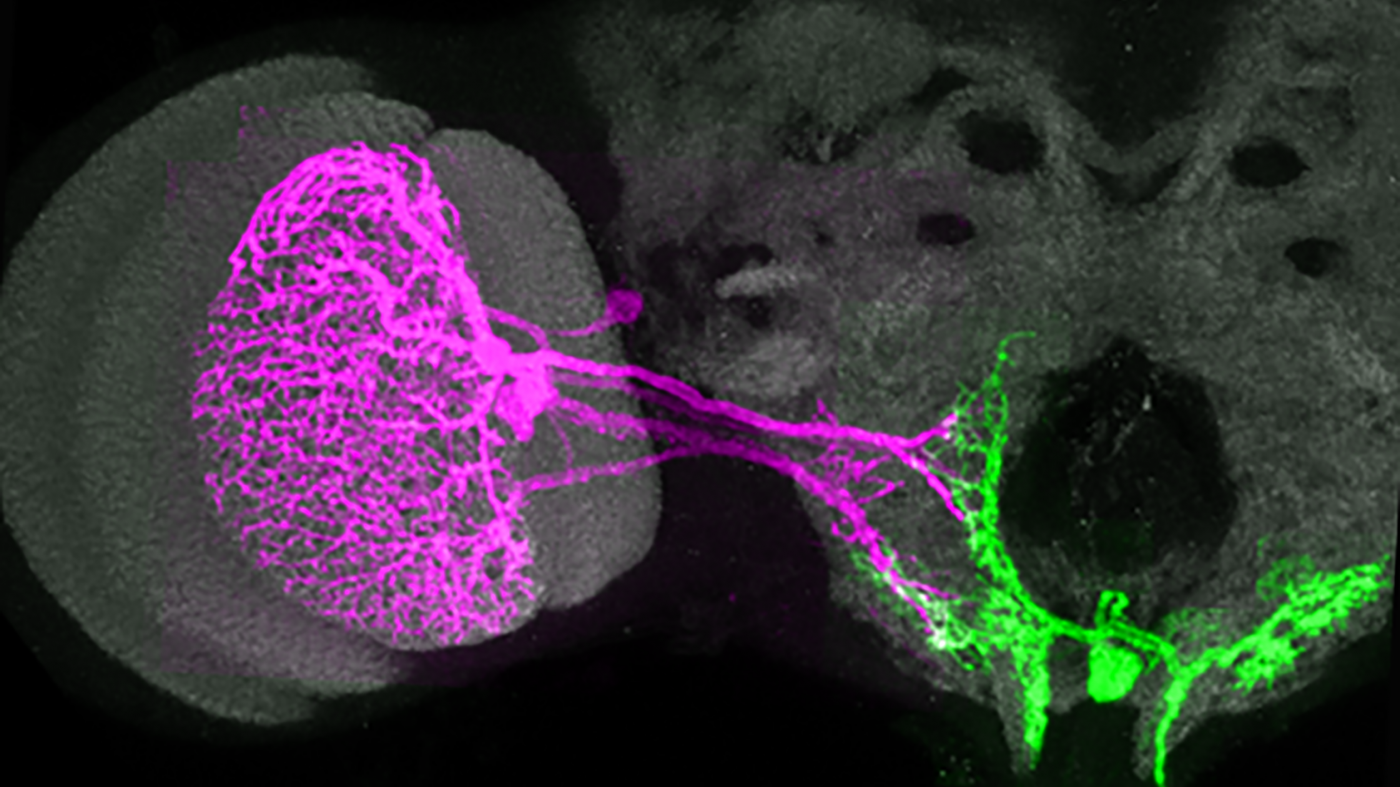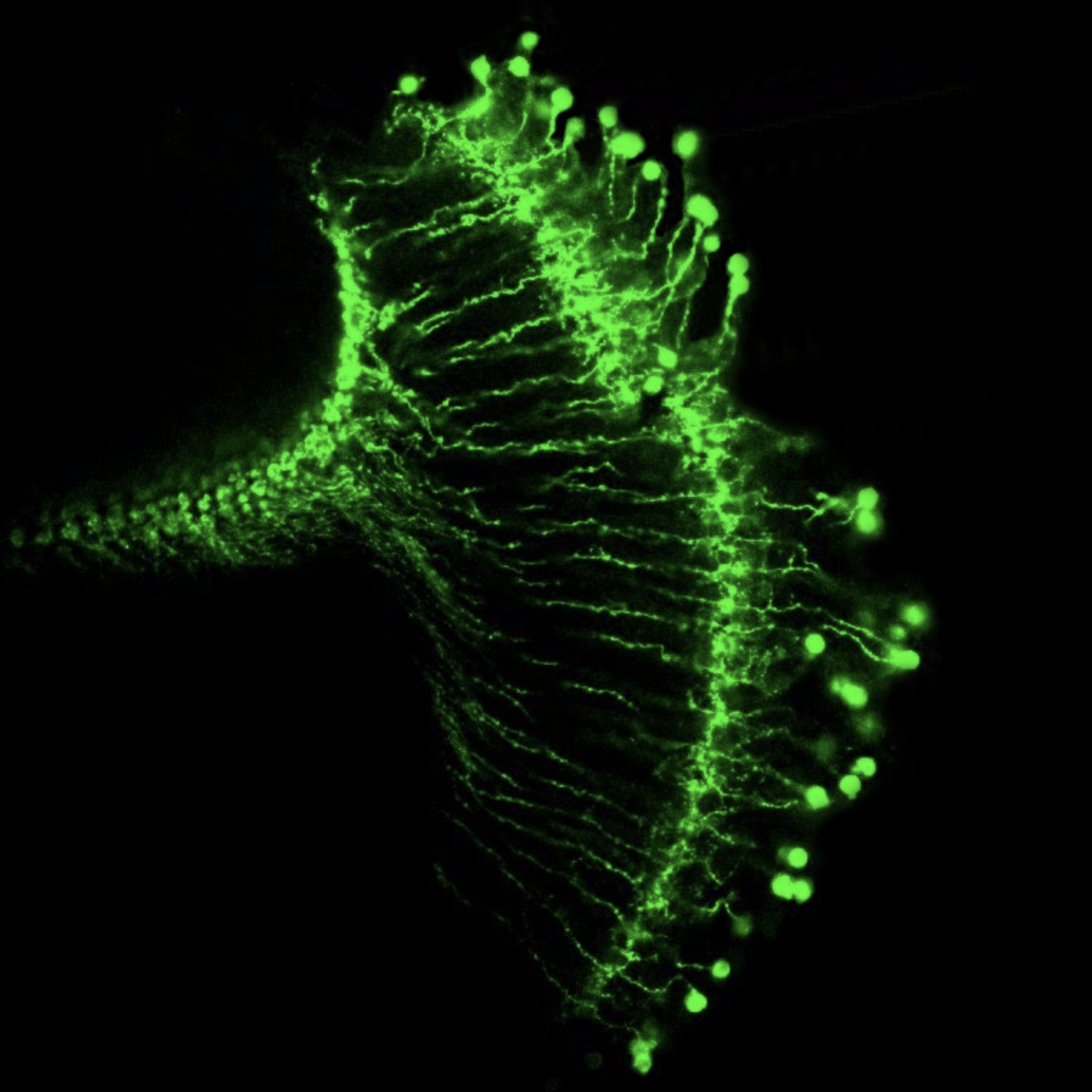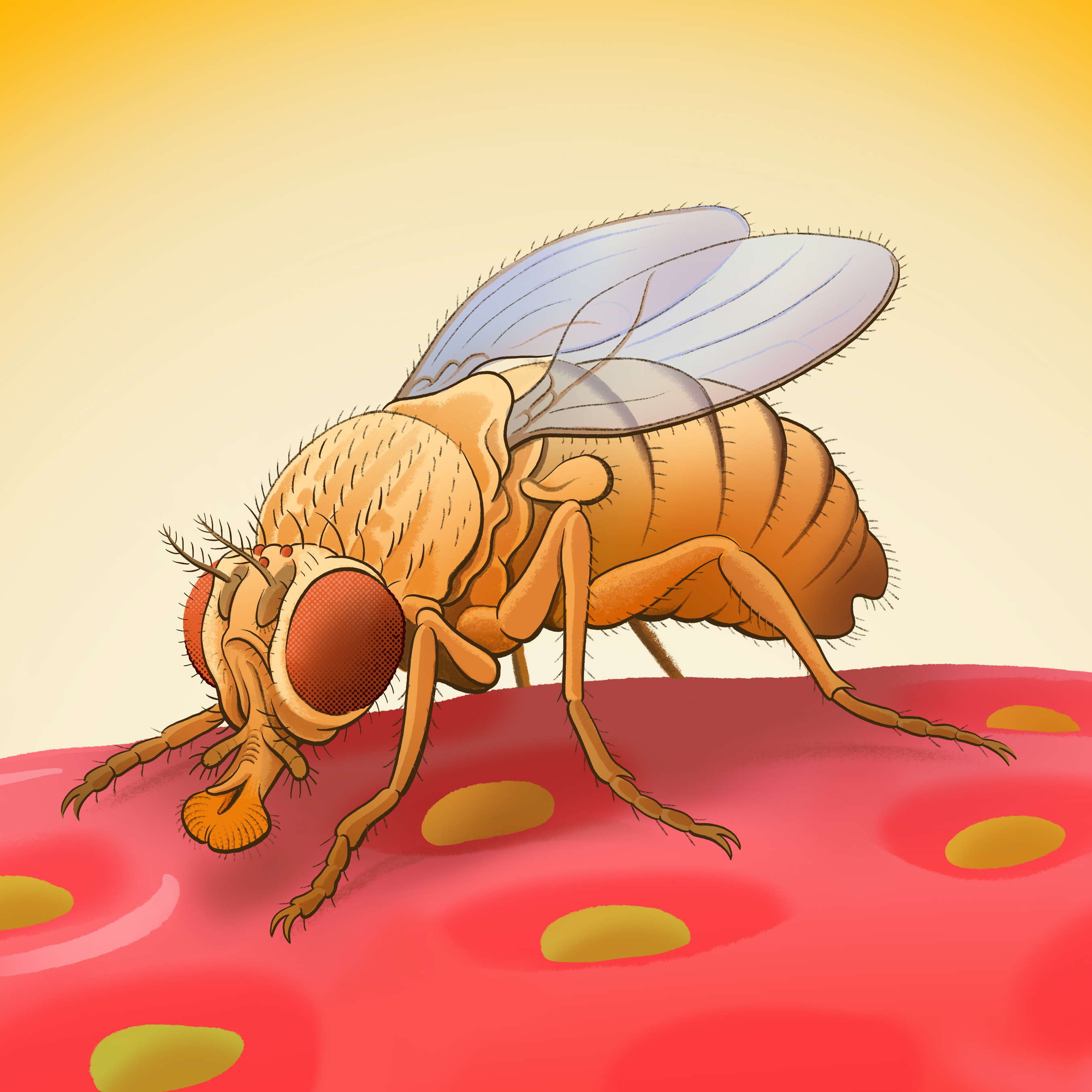NEW YORK, NY — Motor neurons are the cells the brain uses to command muscles to act. Scientists typically thought of them as simple connections, much like the cables that link computers with their accessories. Now, in fly studies, researchers at Columbia's Zuckerman Institute have discovered that single motor neurons can each direct an insect’s body to move in far more complex ways than previously thought.
The findings were published in Nature on March 20.
"This is one of the first times scientists have analyzed in 3D what single motor neurons do while the body moves naturally," said Stephen Huston, PhD, an associate research scientist at Columbia’s Zuckerman Institute, and the study’s corresponding author. "You can't understand how the brain makes the body move without knowing what each motor neuron does, just as you can't understand how a puppeteer makes a marionette move without understanding what the puppet strings do."
Motor neurons are the final links through which the brain controls the body's motions, from a flick of a finger to a blink of an eye. Despite this pivotal duty, researchers are only now beginning to uncover the role that single motor neurons play in movement. Measuring the activity of individual neurons in moving animals has proven to be experimentally difficult.
Now advances in laboratory techniques have made it possible for researchers to manipulate single motor neurons in fruit flies as the insects move freely.
In experiments that began at the Howard Hughes Medical Institute’s Janelia Research Campus in Ashburn, Virginia, the first step for the researchers was to activate light-sensitive molecules in the 25 or so motor neurons that control head movements of the sesame-seed-sized fly. This enabled the scientists to use red light to switch on motor neurons one at a time. At the same time, they recorded the resulting head motions while using artificial intelligence techniques to track these movements.
I was really excited about how specifically we could activate individual neurons to drive these motions.
"Most neurons act in concert as a population, so we didn't expect to see much or even any head movement at all when we activated just one motor neuron at a time," Dr. Huston said.
At most, the scientists had expected that each single motor neuron was hardwired to produce one simple motion — for instance, making the head turn left 10 degrees. Instead, through computational analysis later performed at the Zuckerman Institute, the researchers discovered that activating each motor neuron could make the head rotate in a variety of ways, some even in opposite directions from each other, depending on the starting posture of a fly's head.
"I was really excited about how specifically we could activate individual neurons to drive these motions," said Benjamin Gorko, a PhD student in the molecular, cellular, and developmental biology department at the University of California, Santa Barbara, and the study's first author.
The scientists liken this kind of motor control to a digital thermostat, where punching in a desired temperature will cause a room to warm up or cool down depending on the current room temperature. In much the same way, when the researchers stimulated each motor neuron, the fly's head moved towards a pose specific to that motor neuron, with the insect's head rotating one way or the other to reach that desired position depending on its starting posture.
The research team's thermostat-like model suggests that when the brain wants to move the body a specific way, it cannot simply stimulate the same set of motor neurons each time and expect the same result. Instead, the brain must calculate which motor neurons to activate based on sensory data it receives about the body's current posture. Indeed, deactivating sensory neurons that monitor the fly's head position altered how the insect moved when the scientists stimulated the motor neurons.
Pinpointing what the brain does on the cellular level in fruit flies is more than just an academic exercise. "A better understanding of what motor neurons do can help us understand diseases that affect the motor system, such as amyotrophic lateral sclerosis, also known as ALS or Lou Gehrig’s disease," Dr. Huston said.
Next the researchers want to investigate how other kinds of neurons in the fly, such as those in the visual system, interact with motor neurons to control movement.
###
The paper, "Motor neurons generate pose-targeted movements via proprioceptive sculpting," was published online in Nature on March 20, 2024.
The full list of authors includes Benjamin Gorko, Igor Siwanowicz, Kari Close, Christina Christoforou, Karen L. Hibbard, Mayank Kabra, Allen Lee, Jin Yong Park, Si Ying Li, Alex B. Chen, Shigehiro Namiki, Chenghao Chen, John C. Tuthill, Davi D. Bock, Hervé Rouault, Kristin Branson, Gudrun Ihrke and Stephen J. Huston.
The authors report no conflicts of interest.


